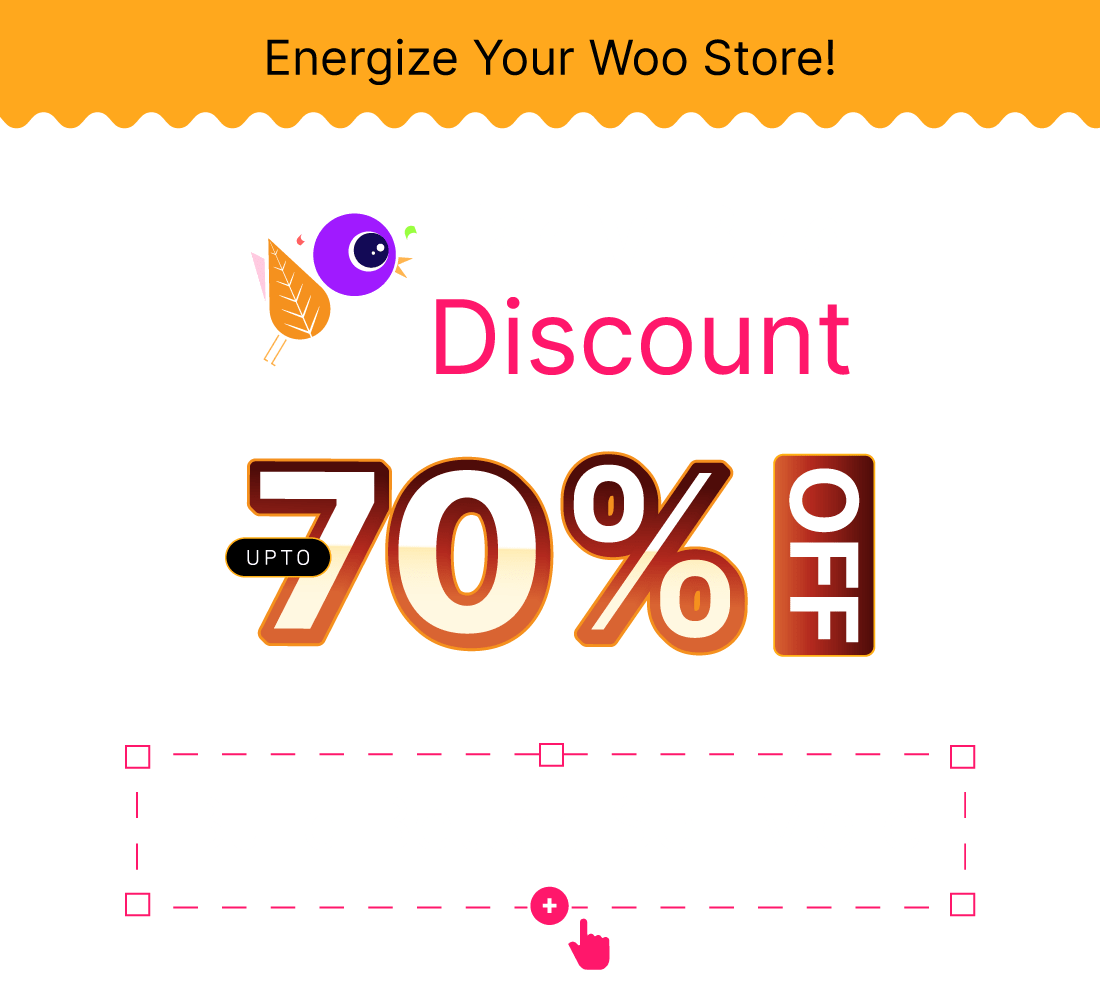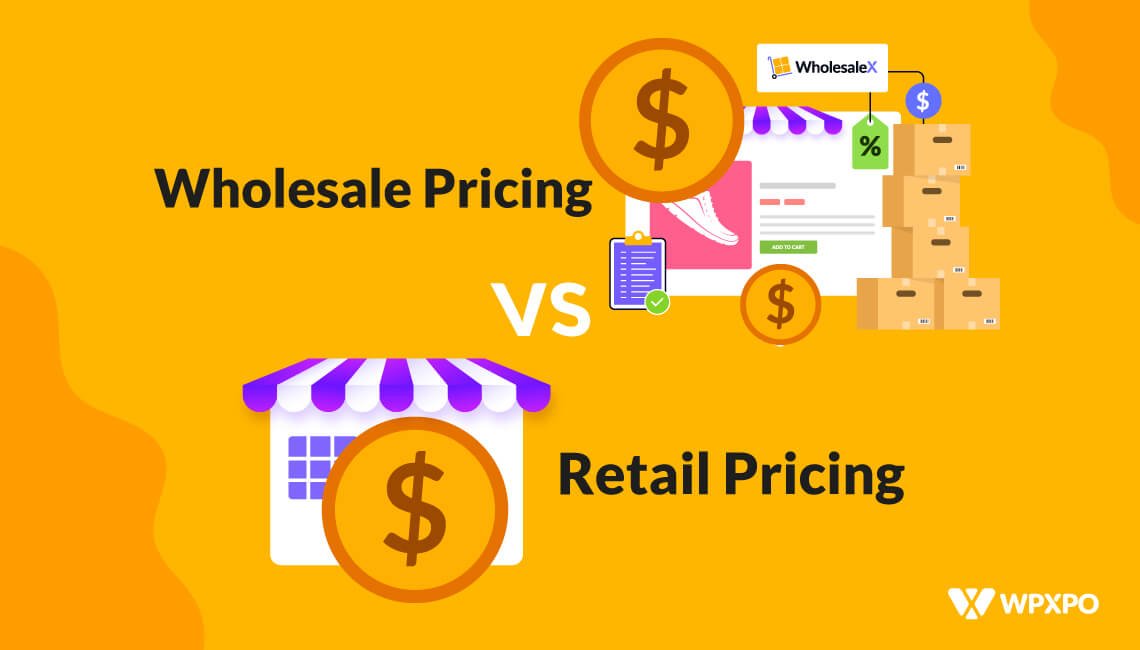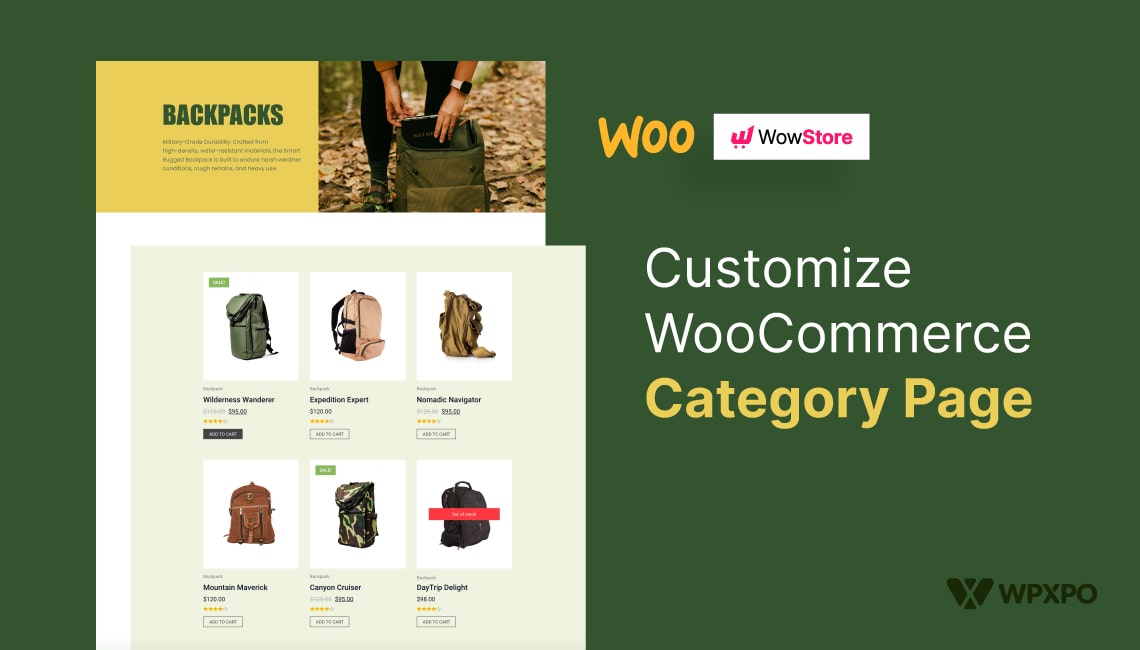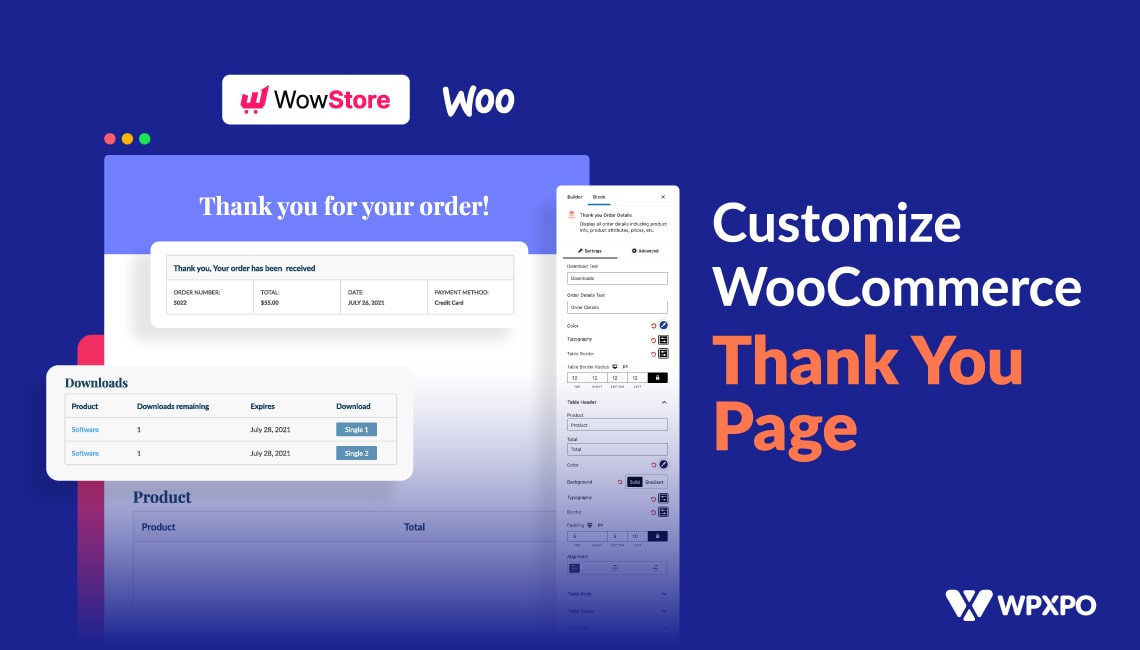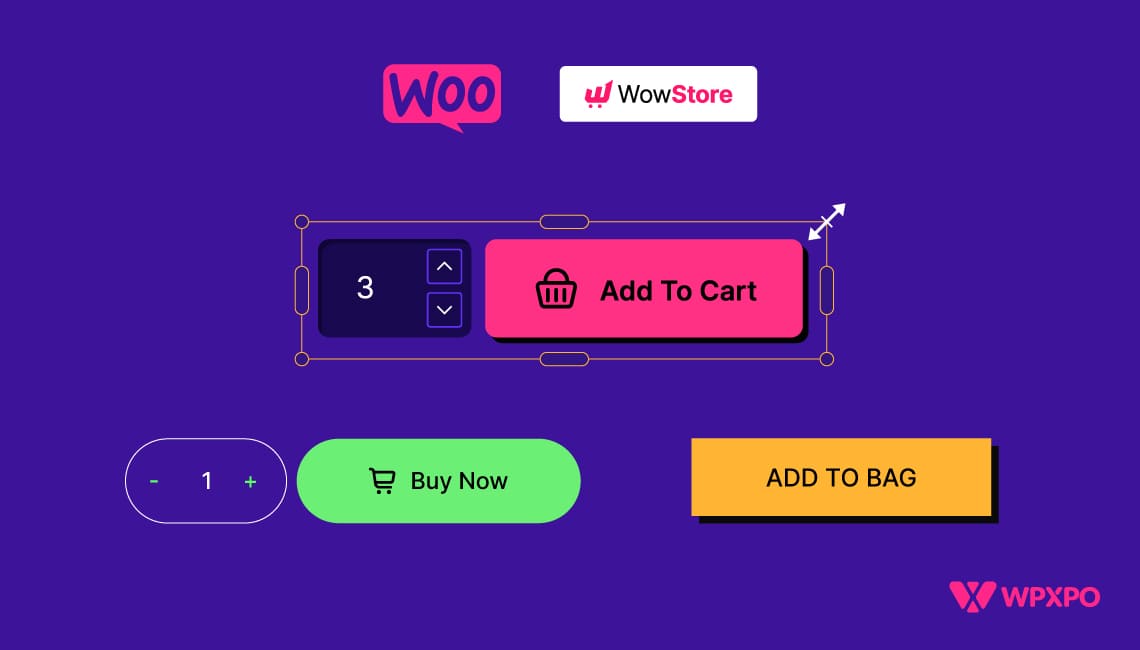If you want to be commercially successful, you need to pay close attention to your pricing. Whether retail or wholesale, the success or failure of your WooCommerce business depends on the precision with which you establish prices.
So, what is the difference between the wholesale price and retail price?
Wholesale pricing is the price customers pay for products and services when buying bulk. Retail pricing, on the other hand, is the price businesses charge customers when they purchase products or services.
The wholesale price typically lower than the retail price, allowing businesses to save money and still make a profit when they resell the items. On the other hand, retail prices are typically higher than wholesale prices, as businesses must factor in their costs, such as labor, overhead, and advertising when calculating their prices.
To optimize retail price vs wholesale price, it is important to research to find the best price for both. Consider what your competitors charge for similar items and adjust your prices accordingly. Additionally, you should regularly review your pricing to ensure that you remain competitive in the market.
Let’s dive into the details of the difference between the wholesale price and retail price today!
Definition of Retail?
When a company sells an item directly to an end user, we call it a retail sale. The fact that the buyer is an end user characterizes this exchange as a retail one. The buying and selling process may occur through many channels, including the World Wide Web, traditional storefronts, telephone, and postal mail.
What Is Retail Pricing?
Consumers pay this money when they buy anything at retail. Your retail pricing should include your cost of products plus a reasonable markup to ensure a profit.
Let’s Explain Retail Pricing
The ultimate price paid by consumers is known as the retail price. These are not resellers who intend to resell the merchandise. Individuals purchase the item with the intent of putting it to practical use. Retail prices, wholesale costs, and minimum order quantities all vary.
There is a wide range in prices throughout the supply chain from one vendor to the next. Finally, under a free market economy, the merchant may choose the price based on supply and demand.
When a store owner sets pricing, he or she often prioritizes making as much money as possible while still charging customers a fair price. Retailers may take a manufacturer’s suggested retail price and adjust it to fit the company’s broader plan for making the goods.
Definition of Wholesale?
The term “wholesale” may apply to two different types of businesses. Because businesses sometimes stock up on products in bulk from manufacturers, then resale those products to customers at a profit. Additionally, the term “wholesale” may be used to describe companies that manufacture their own goods and sell them to retailers rather than directly to consumers.
What is Wholesale Pricing?
The term “wholesale pricing” refers to the discounted cost at which goods and services are sold to commercial purchasers making bulk purchases. Buying in bulk for resale is referred to as wholesale.
Want some secret wholesale pricing strategies?
Don’t forget to check our ? 25 Secret Wholesale Pricing Strategies ? that will definitely generate sales like you’ve never seen before.
Let’s Explain Wholesale Pricing
What the producer, wholesaler, or retailer sets as the price of a product. In most cases, the retail price will be much higher than the wholesale price; the difference provides the merchant with the profit he needs to stay in business.
The distributor makes money via high volume and is thus willing to accept a modest markup from retailers in exchange for more sales.
The retailer can take advantage of more affordable wholesale costs when purchasing in large quantities. Manufacturer prices will always be lower than distributor prices because of the nature of the supply chain.
Unlike retail pricing, which is generally twice or more than the manufacturer’s suggested retail price, wholesale prices are often just slightly over the MSRP (The manufacturer’s suggested retail price).
Explore the Difference Between the Wholesale Price and Retail Price
The primary purpose of a retail price above a wholesale price is to generate a profit. From there, other variables might affect the final price.
Even seasoned wholesalers make it a point to study the differences between the wholesale price and retail price. Because price disparities may be attributed to a wide variety of causes, such as:
- Quality of a product or material
- Convenience of shopping
- Average prices for a certain area
- How consumers see a product
- Product’s uniqueness
- Retail branding
- Average market price
You must consider all these factors when setting prices for your items. Consider developing a pricing strategy that is based on the value you provide.
Buyer demographics, general consumer trends, and your product’s special advantages are all taken into consideration by a value-based pricing strategy (whether physical or emotional). This eliminates the risk of competing just for the same kind of consumers who would be interested in both of your items.
Overhead costs are reflected in the steep price increases applied to retail goods. Whether or not a store uses business-to-business communication, your pricing proposal should be tailored to the retailer’s target market and sales environment.
The clear difference between the wholesale price and retail price is very context-dependent. You should include the pricing expectations of your target merchants in your sales strategy.
The fact that prices can be set at any level is one benefit of the difficult pricing problem. What sells well in one B2B online marketplace may not do so in another. Great long-term sales partnerships are built on establishing a consistent product price structure. Observing competitive prices is a good strategy for setting your own.
The Markup Factor in Wholesale Price and Retail Price
Many people asks if the wholesale price should be half of retail price? In short, no, the wholesale price should not be half of retail price. Why, you might ask? Because you need to understand markup factor to understand how exactly you should price. So, markup price can be a determining factor to understand the difference between the wholesale price and retail price.
The markup factor is an important component of wholesale and retail prices when pricing products. It’s the difference between the cost of the product and the price it’s sold at. Understanding the markup factor and how it affects pricing is essential for businesses to be profitable.
The markup factor is a percentage of the cost of the product that is added to the cost to determine the price for the customer. It is the amount of money that a business charges for the product over and above what it costs them to acquire it, and it’s used to cover the costs associated with doing business and making a profit.
At the wholesale level, the markup factor is usually lower than at the retail level. This is because the retailer is taking on the additional costs associated with selling and promoting the product and the costs associated with running a retail business. As a result, the retailer can charge a higher markup to cover these costs.
At the retail level, the markup factor is typically higher than at the wholesale level. This is because the retailer sells the product at a higher price to the end customer, allowing them to make a larger profit. The markup factor at the retail level can be anywhere from 50% to 100% of the cost of the product.
Calculating Markup Price:
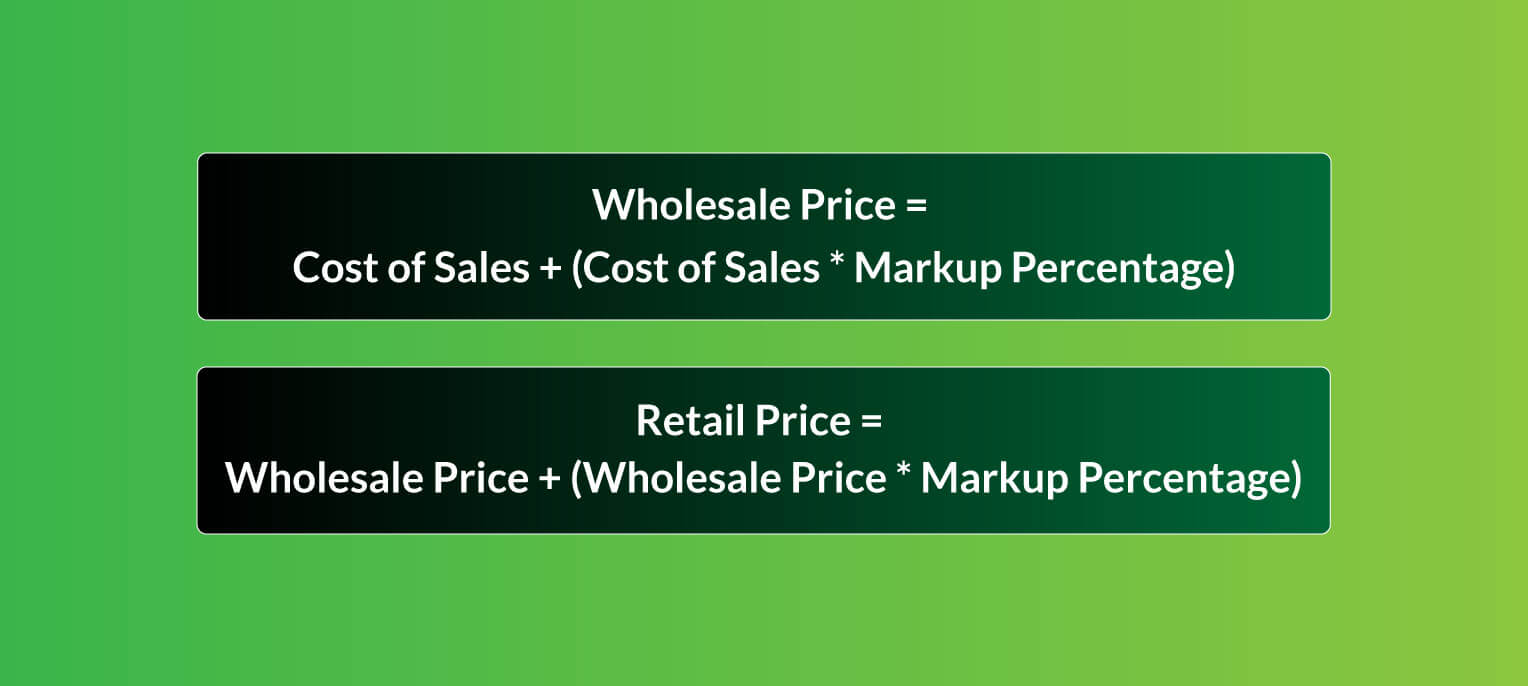
In wholesale and retail pricing, the markup factor is an important pricing component. It’s a way for businesses to cover their costs and make a profit while ensuring that customers pay a fair price for the product. The markup factor helps businesses to remain profitable and helps customers to get the best possible price for their purchases.
So, in the WooCommerce store, you will need a plugin if you want to increase your business, enhance your opportunity, and add B2B alongside B2C. And what is better than WholesaleX? It is user-friendly, easy to use, has amazing UI/UX, and is a complete solution.
Here’s a dashboard preview of WholesaleX:
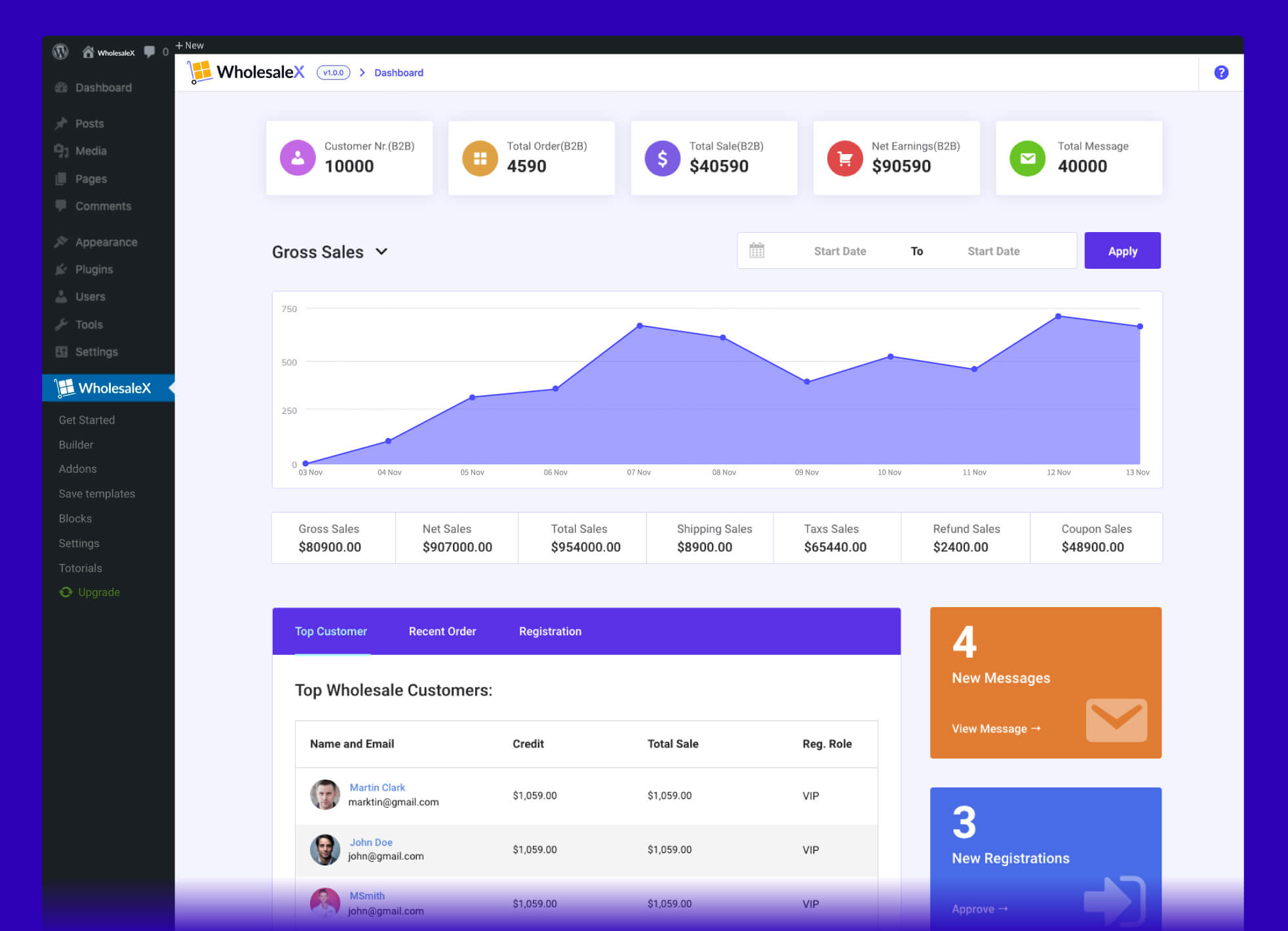
We also have a guide to set wholesale prices in WooCommerce, be sure to check it out!
Conclusion
Now you know wholesale, retail, markup factors and the difference between the wholesale price and retail price. You can use that understanding to increase your B2B business. Also, you might want to know about setting WooCommerce prices by user role with WholesaleX to stay ahead of the game.
In conclusion, it is important for businesses to understand the difference between the wholesale price and retail price. Knowing the difference can help to set prices that will maximize their profits while still being competitive in the marketplace.
While you cannot do it by default, we have introduced WholesaleX WooCommerce B2B solution, an amazing B2B, B2C, and B2B+C hybrid plugin to help you with the complete process.
You can check out WordPress video tutorials on our YouTube Channel. Also, find us on Facebook and Twitter for regular updates!
